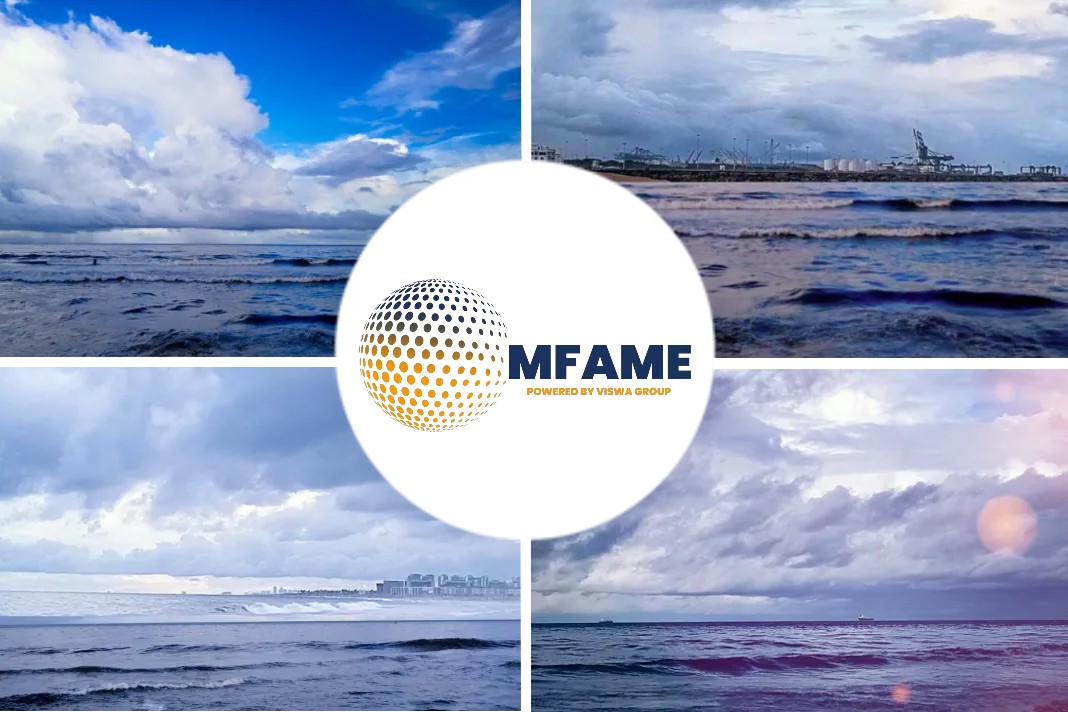
Antarctic sea ice has reached record low levels for the second time in two years, with some scientists alarmed that dramatic drops are a signal the climate crisis may now be more clearly influencing this vast, complex and isolated region. The sea ice that fringes Antarctica dropped to just 737,000 square miles (1.91 million square kilometers) on February 13, according to the National Snow and Ice Data Center.
Ice Loss
The last two years mark the only time that sea ice levels have dipped below 2 million square miles since satellites began monitoring it in 1978. It’s “not just ‘barely a record low,'” Ted Scambos, a glaciologist at the University of Colorado Boulder, said. “It’s on a very steep downward trend.” Unlike the Arctic, where the rate of sea ice loss has followed a fairly consistent downward trajectory as climate change accelerates, Antarctic sea ice extent has swung up and down, making it harder to figure out how the continent and its surrounding ocean are responding to global heating.
The two polar regions are very different. While the Arctic is an ocean surrounded by continents, Antarctica is a continent surrounded by the ocean — this means its sea ice can grow outward, unconstrained by land. Antarctic ice tends to be thinner than Arctic ice, with greater highs in the winter and steeper declines in the summer. Climate models projected declines in Antarctic sea ice that were similar to the Arctic, but until recently the region was behaving completely differently than those models predicted.
It hit a record high for winter sea ice extent in 2014 when it reached 7.76 million square miles, which seemed to support the idea that the Antarctic may be relatively insulated from global warming. But in 2016, something changed. Scientists began observing a steep downward trend. At first, some put it down to the usual variability of this vastly complex continent, with its diverse, intertwined climate systems. But after two low sea ice records in a row, scientists are becoming concerned.
Significant Impact
An altered Antarctic landscape could have significant impacts on its wildlife, from the microorganisms and algae that prop up the food chain — food for krill which, in turn, feed many of the region’s whales — to the penguins and seals that rely on sea ice for feeding and resting. Parts of Antarctica have been seeing alarming changes for a while. The Antarctic Peninsula, a spindly chain of icy mountains which sticks off the west side of the continent like a thumb pointing toward South America, is one of the fastest warming places in the Southern Hemisphere.
Carlos Moffat, an oceanographer at the University of Delaware, who has just returned from a research trip to the Antarctic Peninsula, said that the low sea ice and very warm ocean temperatures they found “are dramatically different from what we have observed in the last few decades.” Moffat, who visits the region every summer as part of the Palmer Long-Term Ecological Research, said: “This year’s conditions are against a backdrop of long-term change in this region of Antarctica.”
Last year, scientists said West Antarctica’s vast Thwaites Glacier — also known as the “Doomsday Glacier” — was “hanging on by its fingernails” as the planet warms, with rapid retreat possible over the next few years. Scientists have estimated global sea level rise could increase by around 10 feet if Thwaites collapsed completely, devastating coastal communities around the world. It’s too early to say whether the record sea ice decline is the new normal or whether it will bounce back, and Antarctica is known for its significant swings. The NSIDC points out that: “While 2022 and 2023 have had record low minimum extent, four out of the five highest minimums have occurred since 2008.”
Did you subscribe to our daily newsletter?
It’s Free! Click here to Subscribe!
Source: Crossroadstoday






















